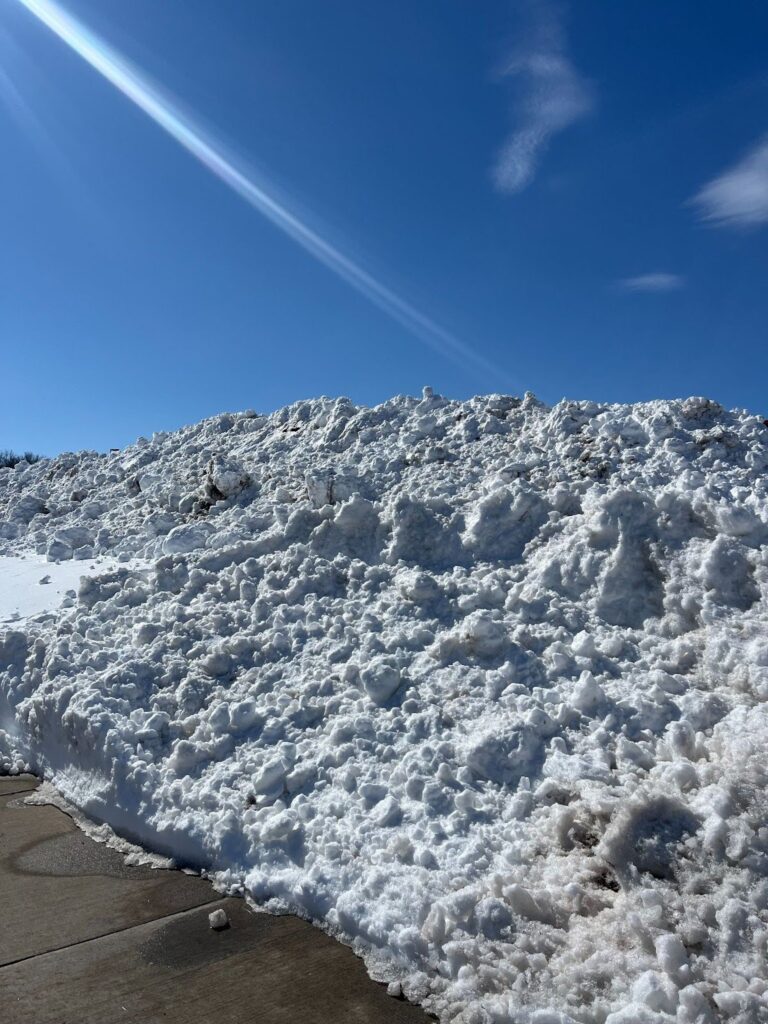One of my favorite times of the year is that first day when I step outside and realize I’m overdressed. Not in the sense of wearing a ball gown to a baseball game, but in the way of bundling up in a scarf, hat, and parka, only to discover it’s 60 degrees. I rush back inside to shed my layers, emerging from my cocoon of wool…spring is almost here!
As the weather warms, so do the opportunities to take students outside. In my 10 years of classroom teaching, I don’t think I ever asked, “Should we go outside?” and heard a “no” in response. And what better time to get outdoors than Citizen Science Month?
Citizen science (also known as participatory science) is the practice of public participation and collaboration in scientific research, allowing individuals of all backgrounds to contribute to real-world data collection, analysis, and problem-solving. Whether you are looking to generate a class set of data, or partner with professional scientists to share your results, we’ve got you covered. Check out our ideas below on how to engage your students in citizen science month.
Partnering with Scientists
- Want to say you worked for NASA (National Aeronautics and Space Administration)? Download the NASA Globe Observer app to conduct research on mosquito habitats, clouds, land cover, and trees to help scientists at NASA answer questions about our changing world.
- Use iNaturalist to identify plants and animals in your community and assist scientists in monitoring invasive species, migration patterns, changing habitats and much more! Are you a bird enthusiast? Check out Project Feederwatch!
- Speaking of birds, are you a night owl? Use the National Science Foundation’s app Globe at Night to monitor light pollution in your area.
- Looking to explore more? The SciStarter and Zooniverse have hundreds of opportunities both high and low tech!
Community Data
- Species Identification: Introduce students to a few common species found around your school. For example, in New York City, this might include starlings, robins, oak trees, maple trees, and brown squirrels. Have students explore the school grounds and tally their sightings. Once data is collected, encourage students to research: Is this environment optimal for these species? Why or why not?
- Water Quality: Using a water test kit, have students analyze the quality of different water sources, such as drinking water, puddles, or nearby freshwater bodies. Encourage them to bring in samples from various locations for comparison and discussion. Did you know water quality is the reason NYC bagels and pizza are considered some of the best in the world? Check out this article from Food and Wine to learn more!
- Air Quality: Students can use an air quality testing device or monitor local air conditions through online resources. Have them track air quality data over time, graph their findings, and analyze trends. Encourage them to hypothesize why air quality fluctuates and identify potential causes. A study from Boston University shows ultrafine particle concentration in the air decreased by almost 50% during COVID while air traffic and road traffic were at dramatically reduced levels.
- Temperature Data: Graphing temperature changes over time is a great way to observe seasonal shifts and identify anomalies. Use a creative approach, such as color-coded temperature bands, to visualize the data and display it in the classroom for ongoing discussion. Check out these amazing temperature blankets (we aren’t suggesting you need to do this but cool none the less!)
- Snow Melt: If you’re in a place that still has snow, measure the amount of snow remaining each day or calculate how much has disappeared. Create a graph and predict how many days of snow cover are remaining. As of this writing, there’s still a ton of snow near our Teaching Channel office!

Getting outside with your students is a great way to increase students’ science literacy, but also their community engagement. Get creative and let us know what you discover!
About the Author

Amy Szczepanski (she/her) is a Professional Learning Specialist at Teaching Channel. She holds a B.S. in both Biology and Environmental Science, a Master’s in Teaching, and has been teaching since 2014. Amy uses her experience to create highly engaging and effective content for both teachers and students. She loves all things STEM and is passionate about teacher advocacy.
Fun fact: Amy’s favorite hobby is taking long walks through New York City searching for delicious treats.


